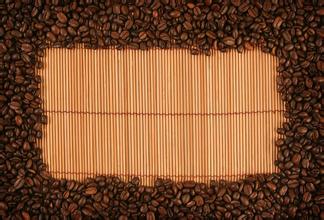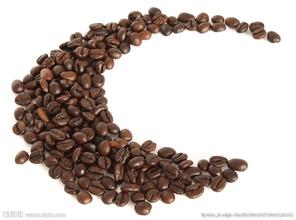Flavor description of Yejia Coffee Cochel washed Coffee beans A brief introduction to the area of planting Environment
Kochere Cochrane is located in the southwest of Ethiopia, about 25 miles to the north, that is, the famous Yega Chefen. The production model is mainly based on the local small rice to send the batches to the cooperative for unified processing. There are about 100,000 famous people living in Chalalacktu village, and related production activities have become their main source of economy. because of the income from coffee production, the standard of living in the village is much better than that of many lesbians, and there are perfect health facilities, colleges and universities, etc.
Africa is the hometown of coffee. Coffee trees are likely to be found in Ethiopia's KAFFA province. Later, batches of slaves were sold from Africa to Yemen and the Arabian Peninsula, and coffee was taken everywhere along the way. To be sure, Yemen started growing coffee in the 15th century or earlier.
Ethiopia Yega Coffee Sun Cochel, bean grinder BARATZA ENCORE, powder / water ratio 1:15, scale 18, water temperature 86 degrees, hand washing time 1 minute 40 seconds, coffee beans 15g, coffee extract 225g
Yejia Xuefei G2 washing
Ethiopia Yirgacheffee G2
Flavor key words: lemon
Baking: shallow baking
Treatment: washing
Altitude: 1600-1800m
Size of bean grains: 16-17 mesh
Producing area: Cochel, Ethiopia

Important Notice :
前街咖啡 FrontStreet Coffee has moved to new addredd:
FrontStreet Coffee Address: 315,Donghua East Road,GuangZhou
Tel:020 38364473
- Prev

How many coffee producing areas are there in Kenya? how big is its acreage? what is the export price?
How many coffee producing areas are there in Kenya? what is the export price of its acreage? Kenya's coffee producing areas are mainly concentrated in the mountains of Kenya (Mt. The plateau region represented by Kenya). Tropical climate, acid red volcanic soil provides a natural and suitable growth environment for coffee. Major producing areas such as Nyeri and Ruiru in central China and other coffee production areas
- Next

Flavor description of Coffee Sidamo and Yega Chuefei Grinding Calibration step
Description of the Flavor of Coffee Sidamo and Yegashefi Coffee hand-flushing steps in Ethiopian Japanese beans, some fruits are usually found, such as small stones or twigs, so when grinding, special attention should be paid to the balanced flavor of Sidamo, its sweetness is higher, and its mellow thickness is higher than that of Yegashefi, especially in the process of sun-drying pulp fermentation.
Related
- Detailed explanation of Jadeite planting Land in Panamanian Jadeite Manor introduction to the grading system of Jadeite competitive bidding, Red bid, Green bid and Rose Summer
- Story of Coffee planting in Brenka region of Costa Rica Stonehenge Manor anaerobic heavy honey treatment of flavor mouth
- What's on the barrel of Blue Mountain Coffee beans?
- Can American coffee also pull flowers? How to use hot American style to pull out a good-looking pattern?
- Can you make a cold extract with coffee beans? What is the right proportion for cold-extracted coffee formula?
- Indonesian PWN Gold Mandrine Coffee Origin Features Flavor How to Chong? Mandolin coffee is American.
- A brief introduction to the flavor characteristics of Brazilian yellow bourbon coffee beans
- What is the effect of different water quality on the flavor of cold-extracted coffee? What kind of water is best for brewing coffee?
- Why do you think of Rose Summer whenever you mention Panamanian coffee?
- Introduction to the characteristics of authentic blue mountain coffee bean producing areas? What is the CIB Coffee Authority in Jamaica?

